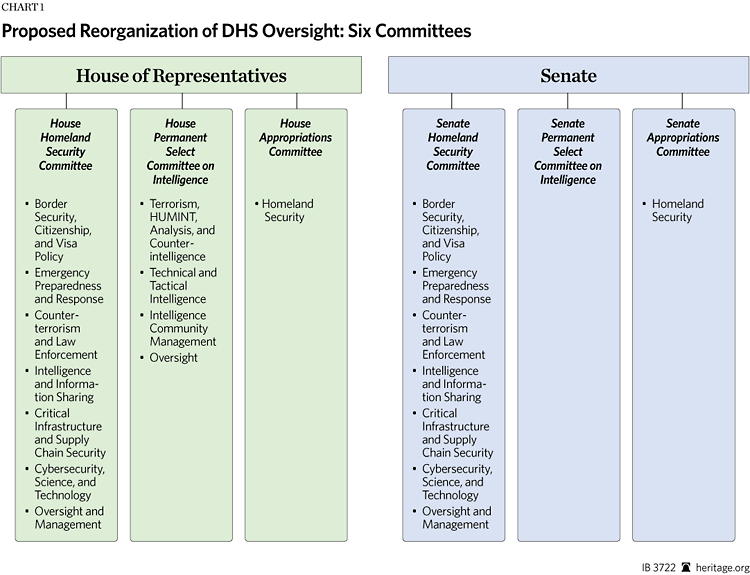

After falling in relation to the size of the economy for the next few years, revenues increase in 2026, largely because of scheduled changes in tax rules. In CBO’s projections, revenues rise to 19.6 percent of GDP in 2022, one of the highest levels ever recorded, because of sizable increases in collections of individual income taxes. Rising interest costs and growth in spending on the major health care programs and Social Security-driven by the aging of the population and growth in health care costs per person-boost federal outlays significantly over the 2025–2052 period. Outlays then steadily increase, reaching 30.2 percent of GDP in 2052. In CBO’s projections, outlays in 2022 are 23.5 percent of GDP-less than last year’s total-and they continue to decline in 20 as federal spending in response to the pandemic diminishes. In CBO’s projections, debt as a percentage of GDP begins to rise in 2024, surpasses its historical high in 2031 (when it reaches 107 percent), and continues to climb thereafter, rising to 185 percent of GDP in 2052. The rapid growth of nominal GDP-which reflects both high inflation and the continued growth of real GDP (that is, GDP adjusted to remove the effects of inflation)-helps hold down the amount of debt relative to the nation’s output in 20. By the end of 2022, federal debt held by the public is projected to equal 98 percent of GDP. Primary deficits-that is, deficits excluding net outlays for interest-grow from 2.3 percent of GDP in 2022 to 3.9 percent in 2052. That projected growth in total deficits is largely driven by increases in interest costs: Net interest outlays more than quadruple over the period, rising to 7.2 percent of GDP in 2052. Nevertheless, in CBO’s projections, federal deficits over the 2022–2052 period average 7.3 percent of GDP (more than double the average over the past half-century) and generally grow each year, reaching 11.1 percent of GDP in 2052. At 3.9 percent of gross domestic product (GDP), the projected deficit in 2022 is much smaller than those recorded in 20, because federal spending in response to the coronavirus pandemic has waned and revenues have risen sharply. fiscal position more vulnerable to an increase in interest rates, and cause lawmakers to feel more constrained in their policy choices. debt, heighten the risk of a fiscal crisis, elevate the likelihood of less abrupt adverse effects, make the U.S. This report is the latest in the series.ĭebt that is high and rising as a percentage of GDP could slow economic growth, push up interest payments to foreign holders of U.S. How Estimates of Inflation Affected CBO’s Budget ProjectionsĮach year, the Congressional Budget Office publishes a report presenting its budget projections and economic forecast for the next 30 years under the assumption that current laws governing taxes and spending generally do not change. Spending on Medicare Using Old and New Projection Methods, 2021 to 2052 Net Outlays for Interest Using Old and New Projection Methods, 2021 to 2052 CBO’s 20 Extended Baseline Projections of Revenues CBO’s 20 Extended Baseline Projections of Outlays CBO’s 20 Extended Baseline Projections of Deficits and Federal Debt Held by the Public Output per Person and Federal Debt Under Three Illustrative Budgetary Paths Federal Debt If Total Factor Productivity Growth or Interest Rates Differed From the Values Underlying CBO’s Extended Baseline Projections

Composition of the Growth of Real Potential GDP Shares of Income Taxed at Different Rates Under the Individual Income Tax System Composition of Changes in Revenues, 2020 to 2052

Composition of Growth in Outlays for the Major Health Care Programs and Social Security, 2022 to 2052 Composition of Outlays for the Major Health Care Programs CBO’s 20 Projections of Revenues, Outlays, Deficits, and Federal Debt Held by the Public in Selected Years Average Annual Growth Rates for Economic Variables That Underlie CBO’s Extended Baseline Projections, by Calendar Year Assumptions About Outlays and Revenues Underlying CBO’s Extended Baseline Projections Budget Projections in 2052 Under Three Illustrative Paths Key Projections in CBO’s Extended Baseline

Uncertainty of CBO’s Long-Term Projections.The Size and Timing of Policy Changes Needed to Meet Various Targets for Debt.Consequences of High and Rising Federal Debt.


 0 kommentar(er)
0 kommentar(er)
